In our post back in February 'what can 2,374 emails tell us about how universities are using email marketing', we covered some interesting findings about email campaigns.
The study by a Reddit user cast new light on university emails and found that institutions send an average of 18 emails to each prospective student, with some universities sending over 40 emails and in a few cases over 100 emails per candidate.
The same Reddit user also made an observation about the lack of cohesiveness between university website language and the content used in institution's email campaigns.
Clearly email marketing is a vital activity for universities to reach prospective students (and their supporters) to build a relationship with them. But there is much that could be improved.
In this article we outline how your institution can benefit from running a dedicated audit on email marketing activity to further optimize this crucial channel.

Why audit your email marketing processes and campaigns?
Before we get into the detail, let's be clear about what you can audit and why it's worth your time.
In the simplest of terms, an email marketing audit is the process of analyzing each of the factors that influence email marketing success, with the intent to improve on it.
Undertaking an email audit can help you evaluate the deliverability, engagement, content quality and outcomes of your campaigns. It's an assessment of your existing email marketing strategy and means looking at existing subscribers, content, design and performance.
You can also use it to pinpoint any specific problems to help you find solutions to improve underlying processes. For instance, you might discover it's time to upgrade to a new email service provider or CRM solution, or to change the frequency of posts, or perhaps to change the timing of your emails.
In the end, the audit should show you the state of your institution's email marketing efforts and how you should proceed to make improvements.
Implementing an email audit to pinpoint issues and optimize activity
Keeping a close eye on the performance of your email campaigns and making actionable improvements is crucial for maintaining high deliverability and conversion rates.
Here we set out five factors to review in depth in your email audit.
#1 Deliverability
One in every five email campaigns is either blocked or bounced or finds its way into the promotions or spam categories in recipients email software. A major concern for universities therefore is actually reaching target audiences in the first instance.
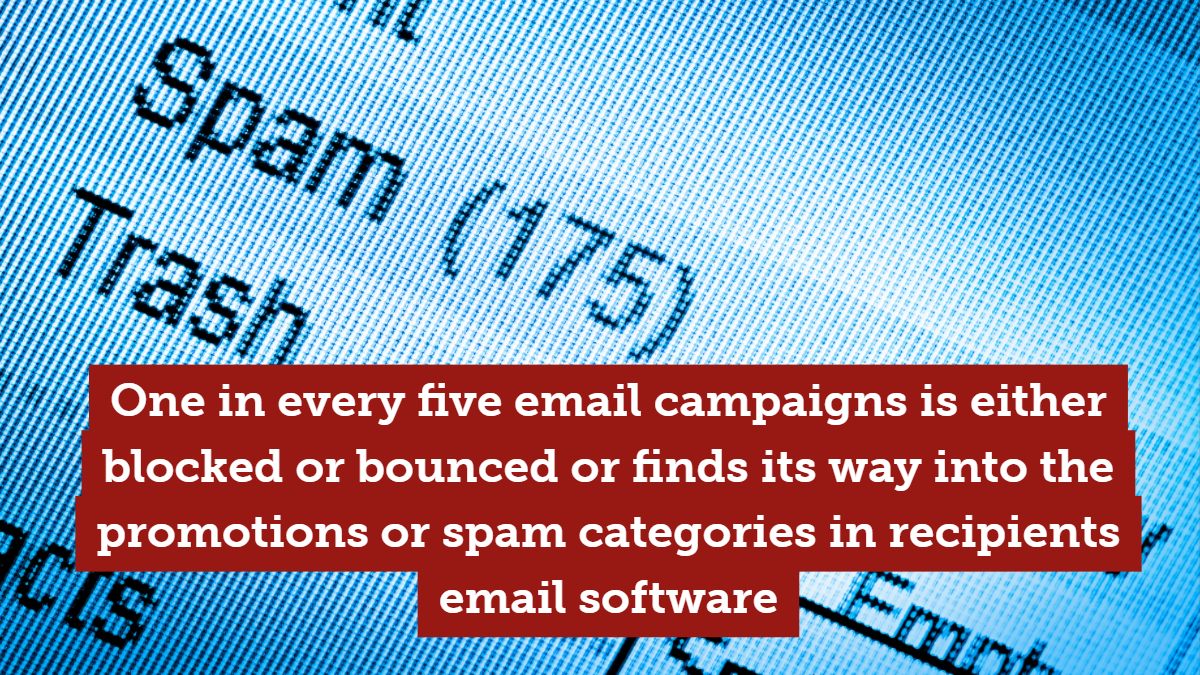
There are many things that go into whether your emails get delivered to inboxes, and there are best practices to follow here.
Firstly you need permission to email prospects - your optin form on the university website should make it clear that they are subscribing to your email list.
Top webmail providers look at how many emails are opened and how many are deleted without being opened as a factor in their spam filtering decisions. So if you have low open rates or read rates, your emails are at a higher risk of being flagged. The timing of your email delivery, and the content including your subject lines should therefore be optimized.
Spam filtering algorithms also look at the ratio of active to inactive email accounts so if you are mailing to a large number of addresses that seem to be abandoned or irregularly used, this is a red flag to spam filters.
To prevent this, universities should proactively clean up email lists at regular intervals to extract subscribers who rarely engage with campaigns.
Other factors that can affect your deliverability and should be regularly reviewed include your subject line itself, always including an 'unsubscribe' link and the official address of the university in the footer, avoiding spam trigger words, and ensuring the HTML structure follows best practice.
#2 Subject Lines
A good email subject line convinces prospective students and their parents to open your email. It uses language that compels them to click through and is your chance to stand out in a crowded inbox.
Institutions should run an audit to check the length of subject lines. Desktop browsers typically display 60 characters, whilst mobile browsers show between 25 and 30. By cross-checking your line length with device usage you can tailor the content to avoid truncated subject lines.
Next you should analyze the subject line content to ensure it is succinct, relevant, does not misrepresent the content of the emails and indicates clear benefits for opening the email. Taking this further you should audit how email campaigns interplay to build up a complete picture from the perspective of email recipients looking at how subject titles will be viewed by users when received in combination.
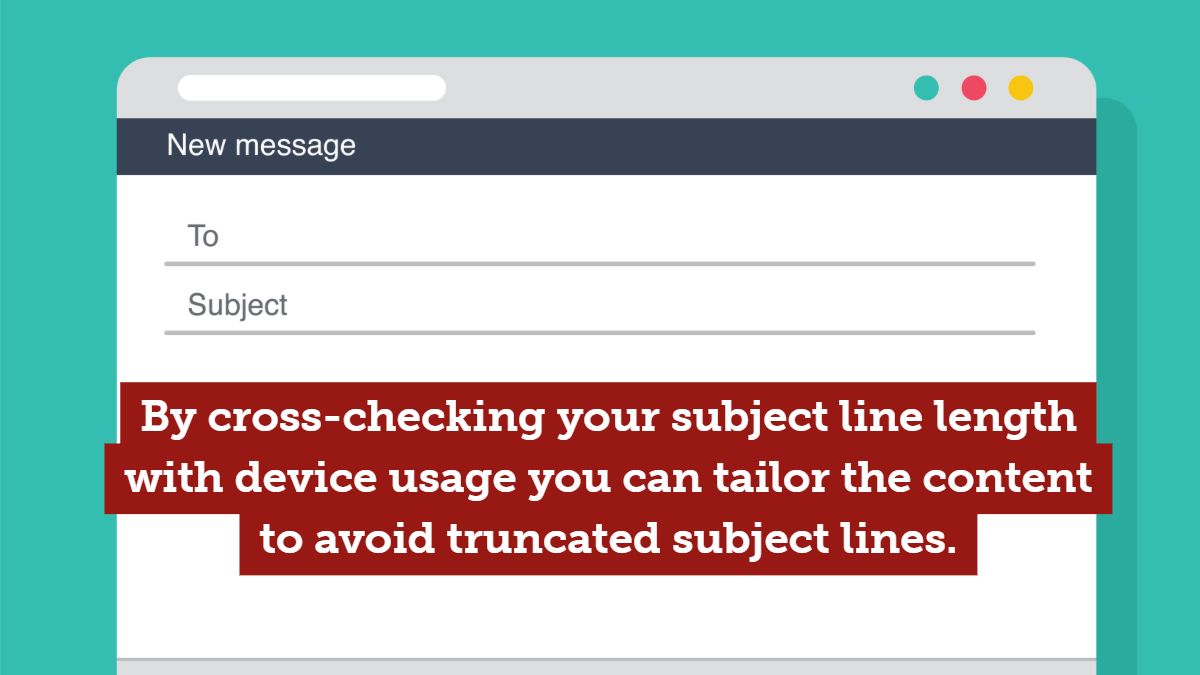
#3 Content
Once a marketing email has been opened, you rely on the quality of the copy to get your point across and inspire action. Email copy analysis is therefore an essential component in the email marketing audit.
To do this you can take a snapshot by reviewing the best and least performing emails to see what characteristics there are in the content. Are there patterns that can be taken from the best performing emails and applied to other campaigns for instance? Are there practices in the worst performing that should be eliminated or tweaked?
Next it can be helpful to review content from a user perspective. Is the tone and personality consistent across email campaigns, how does the communication flow between emails to the same recipient, does it feel logical?
Interrogating the content quality in this way will help you to figure out which elements of your email copy is working well and which should be tested in more detail or changed.
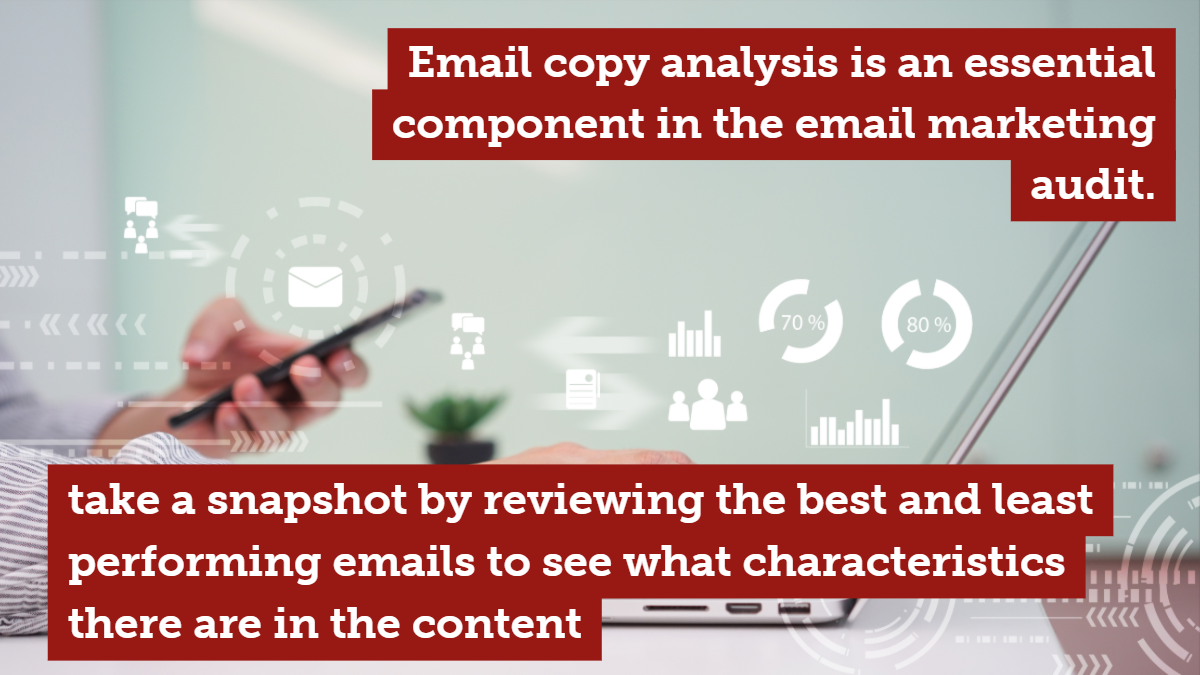
#4 Email frequency
As we've seen from the 2374 emails article it can be tempting to send a large number of emails to prospects to keep the institution front of mind and to keep nudging them towards making an application.
However, sending too many emails will frustrate prospects and can drive up unsubscribe rates. Whilst sending too few means you won't be on their radar and could miss out on applications.
The jury is still out on what constitutes the right frequency of email campaigns and it may depend on the type of content you're sending and point you're at in the recruitment cycle.
There are lots of things you can do though in this area to ensure you're communicating at an appropriate rate.
You can run testing to analyse how different frequencies affect open rates, engagement and unsubscribing patterns, and then tailor your activity according to the results.
Alternatively, you could provide prospects with options so they can state their preferences for the volume of contact or for their areas of interest so future campaigns can be tailored to them.
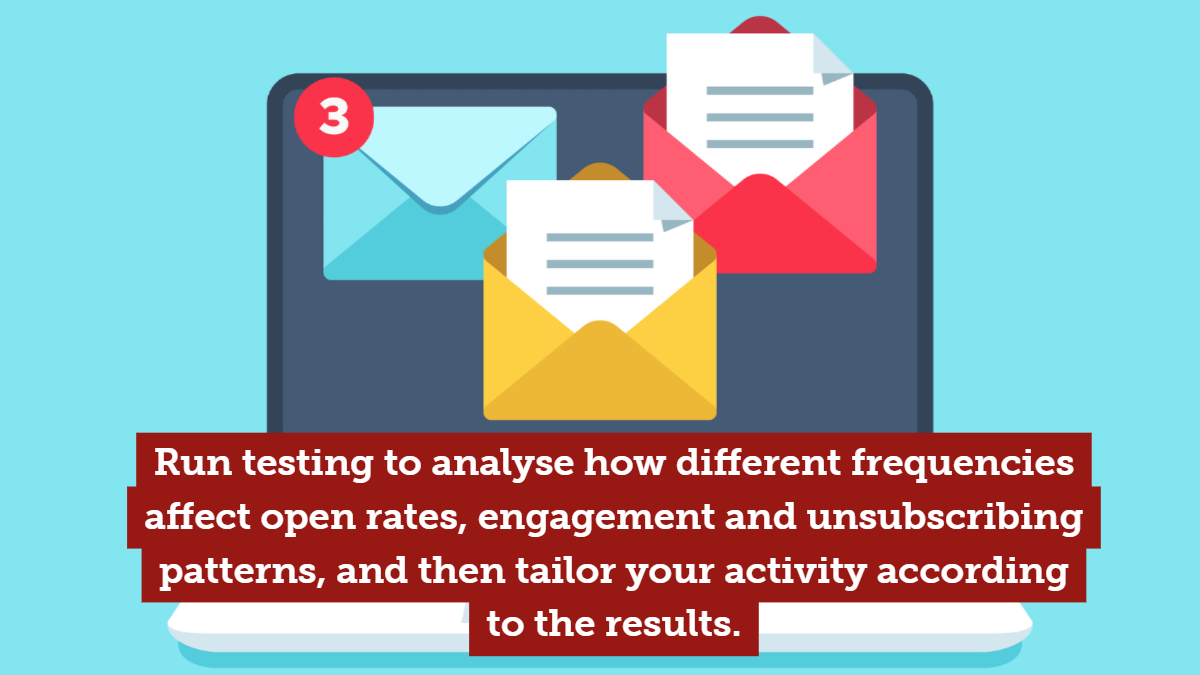
#5 Reporting
Email metrics and benchmarks can provide the insights you need to raise your email marketing results. But how sophisticated are your reporting tools and do detailed metrics actually transpire into actionable performance improvements?
As a minimum you should be tracking delivery, open, click through, bounce, spam and unsubscribe rates, and posing questions that probe into the hows, whys and whens.
What's causing the delivery rate to be less than 100%? What have you learned from past subject lines about increasing open rates? What are the characteristics of the highest performing campaigns and what elements can be applied from them? Are the click through rates better or worse than industry averages? Are new users added to email lists fast enough? Is the content relevant and personalized enough or too generic?
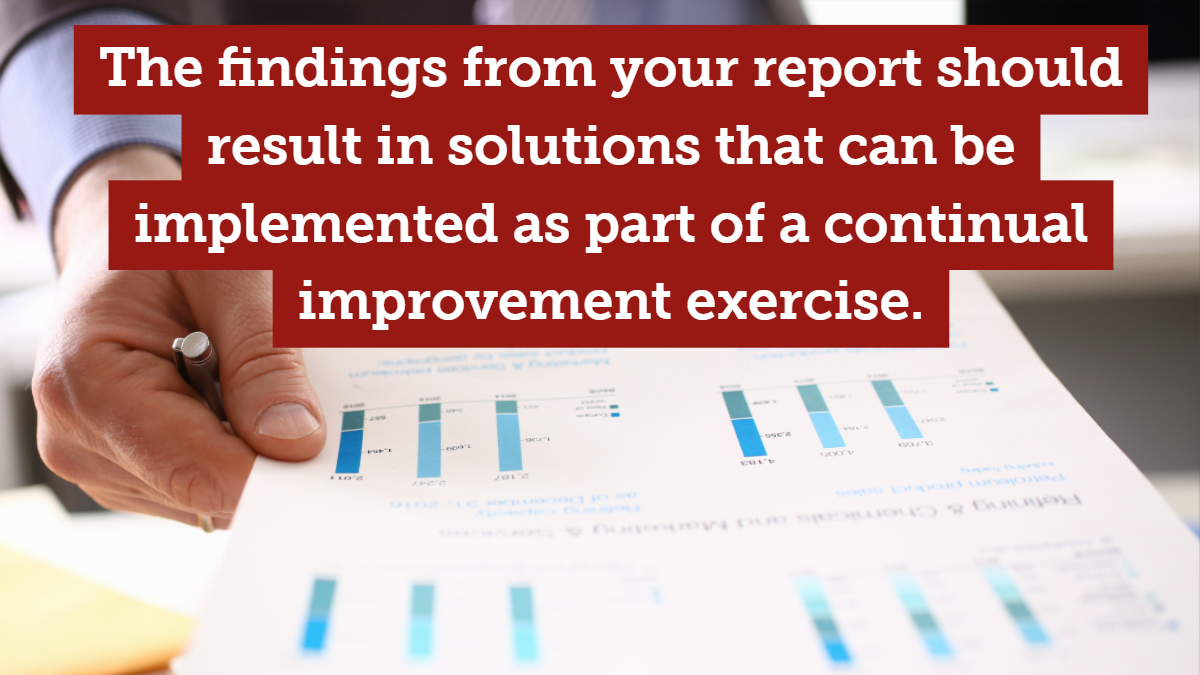
The number of channels institutions use to reach prospects continues to grow, but email has retained its power to cut through and add value in marketing to students
At most institutions there will be a variety of emails deployed daily. Some may be scheduled in advance, others based on triggers and sent automatically, and so forth. But as the complexity of email marketing initiatives develops, the potential for errors also grows.
For this reason we recommend you start your email marketing audit by looking at the underlying workflows and processes.
You can review how consistent processes are to take campaigns from idea to implementation, if there is a documented process for creating campaigns, and if roles and responsibilities are clearly defined.
Picking apart your workflow like this will allow you to identify problems and inefficiencies and gives you the chance to streamline the processes.
Your email audit should take into consideration of the factors outlined here and you can easily sign up to review your competitor's activity so their email marketing campaigns are on your radar.
At the end of your email marketing audit, you should create a prioritized action plan to improve your results. As with any type of audit, the information you uncover will be useless unless you turn it into action.
Trends come and go but email marketing has stood the test of time. If you've sensed that your institution's email marketing approach has become stagnant and dated, the considerations outlined here will inspire improvements and raise your game.


:format()//media/email-optimisation-blog-rq.png)